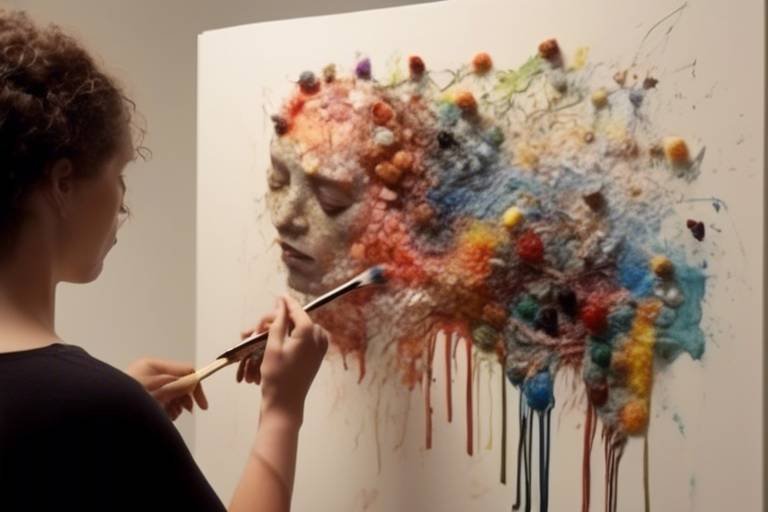The Role of Art in the Healing Process
Art has long been recognized as a powerful tool in the healing process, offering a unique avenue for individuals to navigate their emotions, promote well-being, and foster personal growth. Through the medium of art, individuals can delve into their innermost thoughts and feelings, allowing for a deeper understanding of themselves and their experiences.
Art therapy, in particular, plays a significant role in promoting mental and physical health outcomes. By utilizing various artistic techniques, individuals can address a wide range of mental health conditions such as anxiety, depression, and PTSD. The act of creating art can serve as a form of self-expression, enabling individuals to communicate their emotions in a non-verbal manner.
Engaging in expressive arts, including painting, writing, and music, offers individuals a means of self-exploration and introspection. Through these creative outlets, individuals can gain insight into their emotions, experiences, and innermost desires. Artistic expression provides a safe space for individuals to process complex feelings and navigate challenging situations.
Art also plays a vital role in promoting physical healing and recovery, particularly in medical settings and rehabilitation programs. The act of creating art can stimulate the mind and body, promoting a sense of well-being and aiding in the healing process. Whether through painting, sculpting, or other artistic endeavors, individuals can find solace and comfort in the creative process.
Community art projects further enhance the healing process by fostering social connections and promoting a sense of belonging. By engaging in collaborative art initiatives, individuals can build support networks, share experiences, and create meaningful connections with others. Art has the power to unite communities and bring people together in times of need.
Art is also a powerful tool for stress reduction, offering individuals a way to unwind, relax, and rejuvenate. Engaging in artistic activities can help reduce stress levels, promote relaxation, and improve overall well-being. Whether through drawing, coloring, or other creative pursuits, individuals can find peace and tranquility in the act of creation.
The therapeutic benefits of creative writing cannot be understated. Writing poetry, journaling, or storytelling can be a cathartic experience, allowing individuals to process trauma, enhance self-awareness, and foster resilience. Through the written word, individuals can explore their innermost thoughts and emotions, finding healing and solace in the act of storytelling.
Art workshops and group therapy sessions provide a supportive environment for individuals to explore their emotions and experiences in a safe and nurturing space. By engaging in artistic activities alongside others, individuals can share their stories, gain support, and connect with like-minded individuals. Art has the power to bring people together and create a sense of community and belonging.
Integrating art into healthcare settings is crucial for providing holistic care and support for patients, caregivers, and healthcare professionals. By incorporating art programs into healthcare environments, individuals can access a wide range of therapeutic benefits, including stress reduction, emotional expression, and personal growth. Art has the power to transform healthcare settings into spaces of healing and hope.
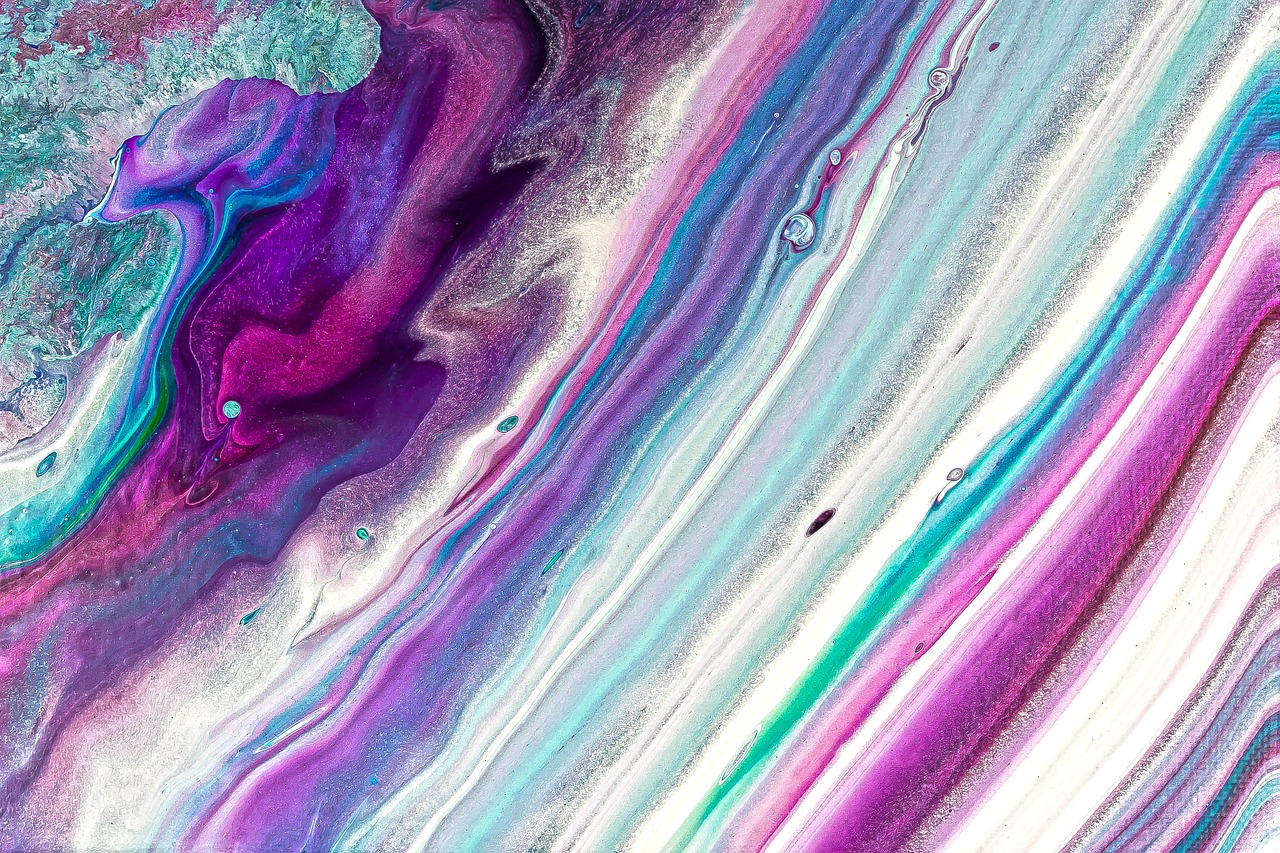
Art Therapy and Mental Health
Exploring how art therapy and creative expression can positively impact mental and physical health outcomes, providing a unique avenue for individuals to process emotions and promote well-being.
Art therapy is a powerful tool in addressing various mental health conditions such as anxiety, depression, and PTSD. Through the use of artistic mediums, individuals can express their thoughts and emotions in a non-verbal way, allowing for deeper exploration and understanding of their inner struggles.
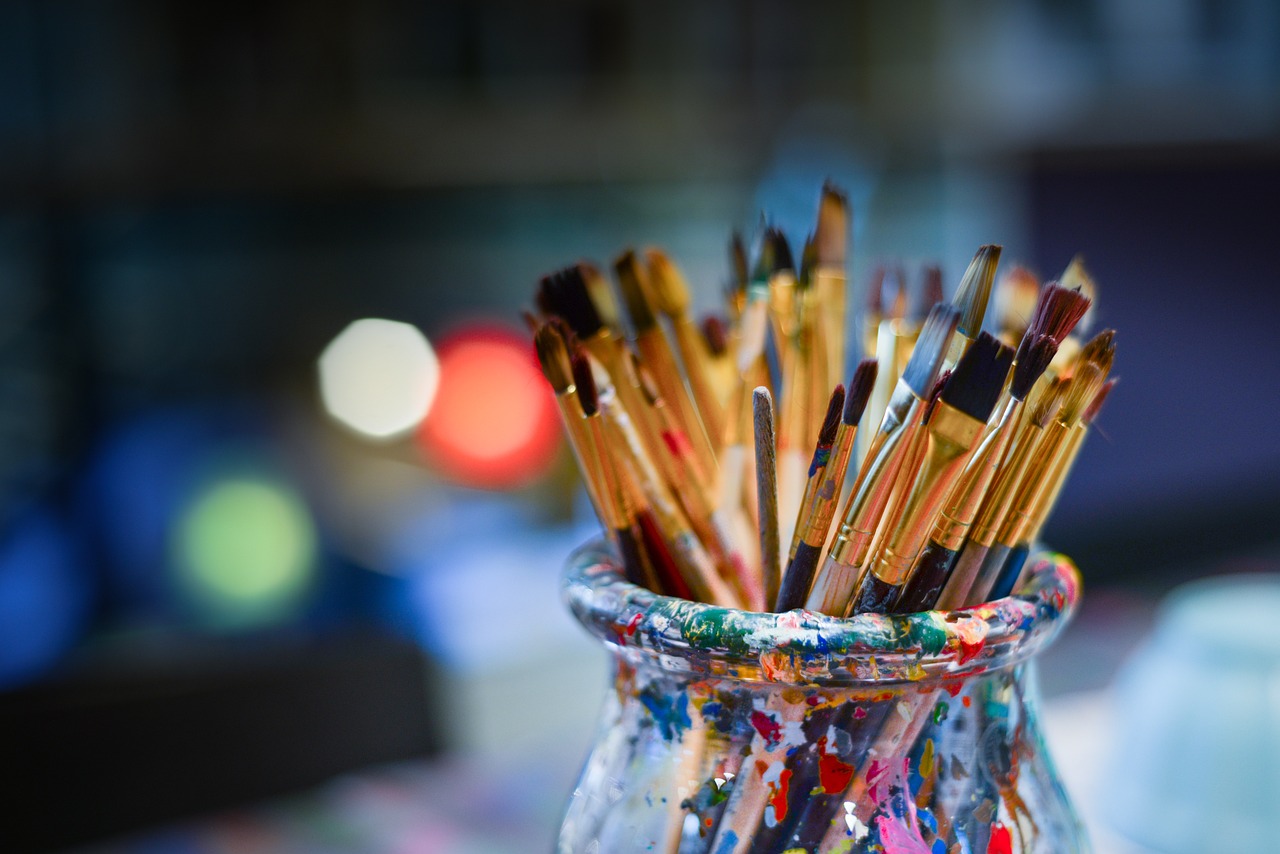
Expressive Arts and Self-Exploration
Exploring how art therapy and creative expression can positively impact mental and physical health outcomes, providing a unique avenue for individuals to process emotions and promote well-being.
When it comes to self-exploration, expressive arts offer a powerful medium for individuals to delve into their inner world and uncover hidden truths. Engaging in various forms of creative expression, such as painting, writing, and music, allows individuals to tap into their emotions and experiences in a profound way. Through art, one can visually represent complex feelings that words alone may struggle to convey. It's like unlocking a treasure chest of emotions and thoughts that have been waiting to be discovered.
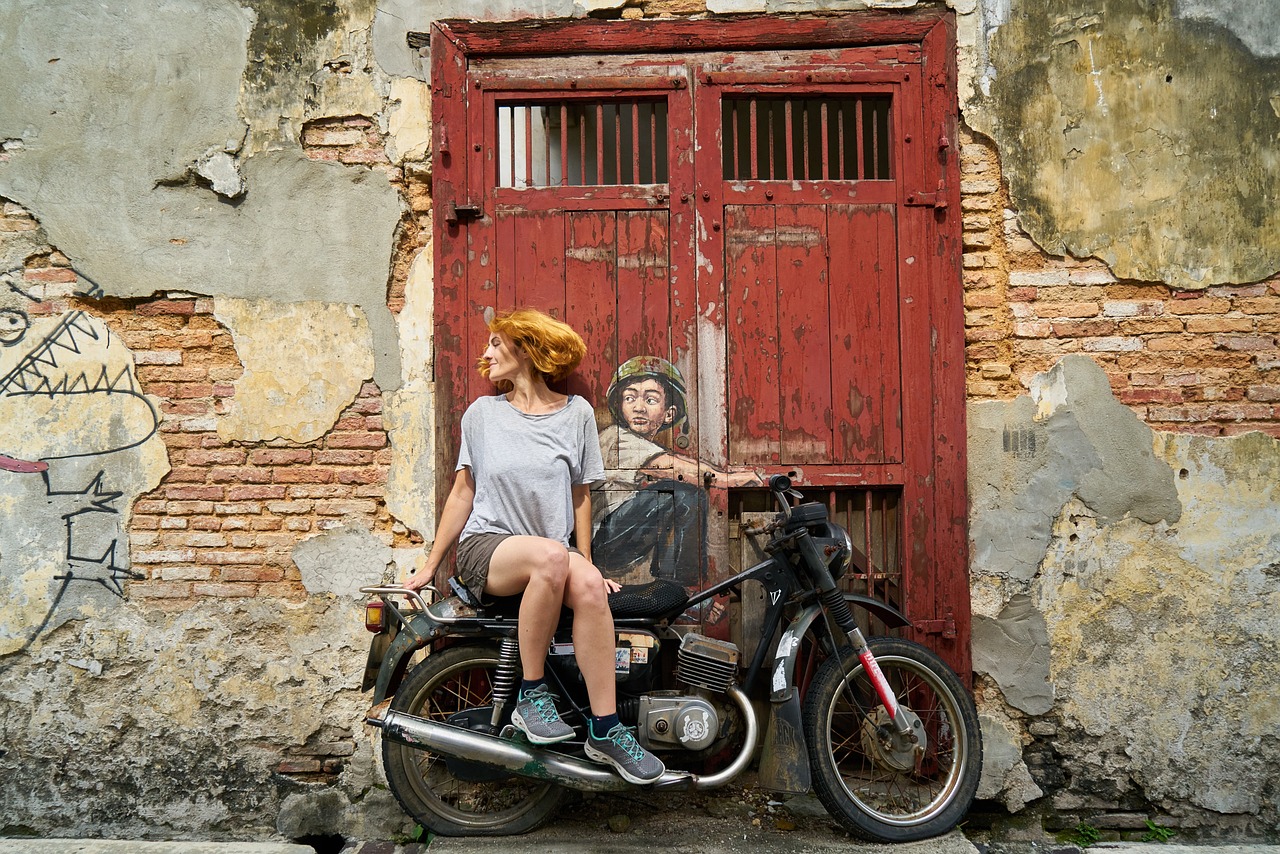
Artistic Expression in Physical Healing
Exploring how art therapy and creative expression can positively impact mental and physical health outcomes, providing a unique avenue for individuals to process emotions and promote well-being.
Artistic expression plays a significant role in promoting physical healing and recovery, especially in medical settings and rehabilitation programs. When individuals engage in various art forms such as painting, sculpture, or crafting, they tap into a realm of creativity that goes beyond the physical body. This creative outlet allows them to channel their emotions and experiences into tangible forms, aiding in the healing process.
Studies have shown that incorporating art into healthcare environments can lead to reduced stress levels, improved pain management, and enhanced overall well-being for patients. Hospitals and clinics are increasingly recognizing the therapeutic benefits of art, with many integrating art programs into their treatment plans to complement traditional medical approaches.
Art therapy sessions tailored to physical healing often involve activities that encourage patients to express themselves through art, whether it's through painting sessions, clay modeling, or collaborative projects. These activities not only provide a distraction from pain and discomfort but also foster a sense of empowerment and control over one's healing journey.
Furthermore, the act of creating art can stimulate the release of endorphins, known as the body's natural painkillers, which can contribute to a faster recovery process. By engaging in artistic expression, individuals undergoing physical challenges can find solace, inspiration, and a renewed sense of hope in their ability to overcome obstacles.
Artistic expression in physical healing goes beyond just creating visually appealing pieces; it serves as a powerful tool for individuals to connect with their inner strength, resilience, and determination. Through art, patients can communicate their feelings, fears, and aspirations in a non-verbal manner, allowing for a deeper exploration of their physical and emotional well-being.
Ultimately, integrating art into the healing process not only enhances the physical recovery of individuals but also nurtures their mental and emotional health, creating a holistic approach to well-being that acknowledges the interconnectedness of mind, body, and spirit.

Community Art Projects and Social Connection
Exploring how art therapy and creative expression can positively impact mental and physical health outcomes, providing a unique avenue for individuals to process emotions and promote well-being.
Community art projects play a vital role in fostering social connections and promoting a sense of belonging among individuals. By engaging in collaborative art endeavors, participants not only express themselves creatively but also form meaningful connections with others in their community. These projects serve as a platform for individuals to come together, share experiences, and support each other through the transformative power of art.

Art as a Tool for Stress Reduction
Art has long been recognized as a powerful tool for reducing stress and promoting overall well-being. Engaging in artistic activities can provide a therapeutic outlet for individuals to express their emotions, unwind, and find a sense of calm amidst life's challenges. Whether it's painting, drawing, sculpting, or engaging in other creative endeavors, the act of creating art can help individuals relax and focus on the present moment.
Studies have shown that participating in artistic activities can lower cortisol levels, the hormone associated with stress, and reduce anxiety levels. This can lead to a sense of relaxation and a release of tension in both the mind and body. By immersing oneself in the creative process, individuals can experience a meditative state that allows them to temporarily escape from daily worries and pressures.
Moreover, art as a tool for stress reduction can also serve as a form of self-care. Taking the time to engage in creative activities can be a form of self-soothing and self-expression, allowing individuals to connect with their inner thoughts and emotions in a non-verbal way. This can be particularly beneficial for those who may struggle to articulate their feelings verbally.
Additionally, art can act as a distraction from stressors, providing individuals with a break from ruminating thoughts and worries. Immersing oneself in the process of creating art can shift the focus away from stressors and towards the act of creation, fostering a sense of flow and engagement that can be both absorbing and rewarding.
Overall, incorporating art into one's routine as a tool for stress reduction can have profound effects on mental and emotional well-being. Whether it's through painting, drawing, crafting, or any other form of creative expression, taking the time to engage in art can offer a therapeutic escape and a pathway to relaxation in the midst of life's demands.
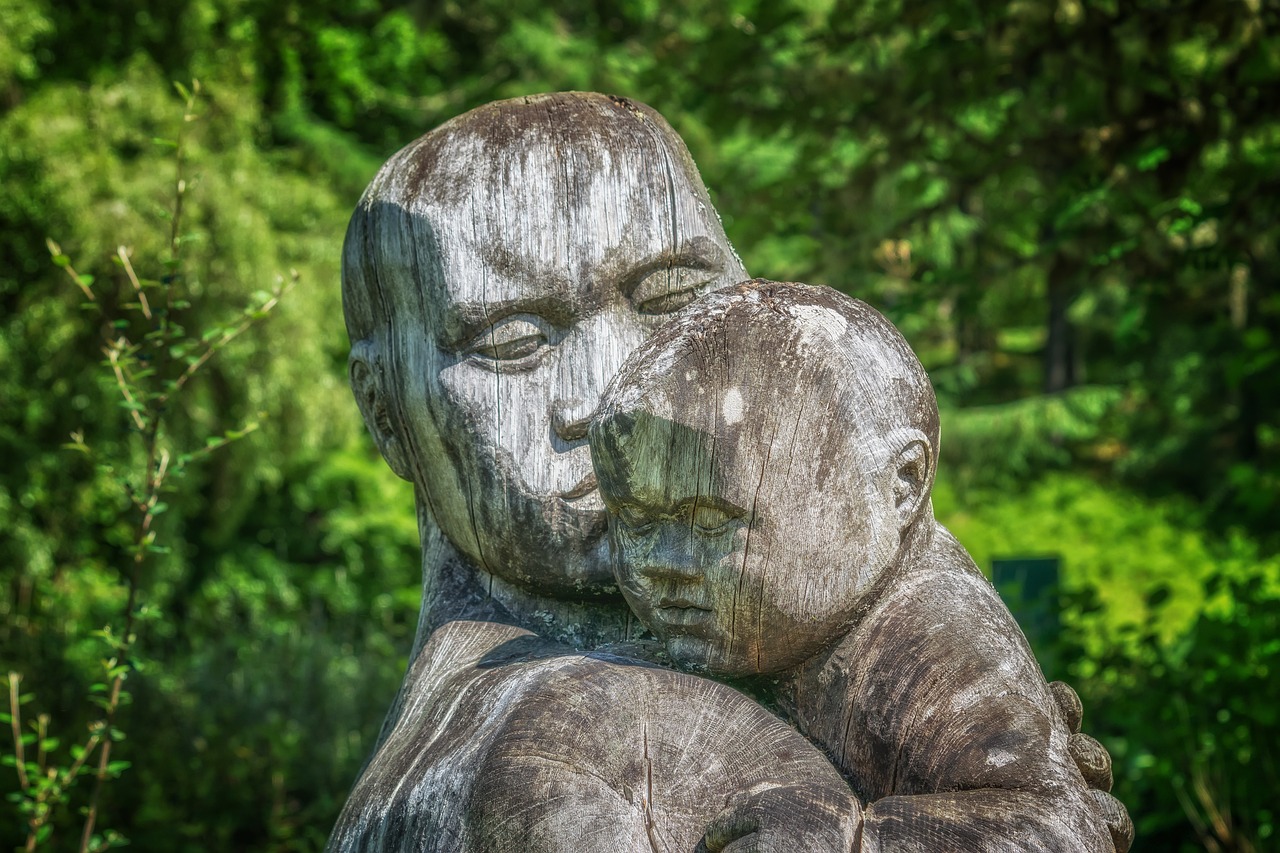
The Therapeutic Benefits of Creative Writing
Exploring how art therapy and creative expression can positively impact mental and physical health outcomes, providing a unique avenue for individuals to process emotions and promote well-being.
Creative writing, encompassing activities like poetry, journaling, and storytelling, offers a powerful medium for individuals to delve deep into their emotions and experiences. Through the act of writing, individuals can externalize their thoughts, feelings, and memories, gaining clarity and insight into their inner world. It serves as a form of self-expression that can be particularly beneficial in processing trauma, enhancing self-awareness, and fostering resilience.
Moreover, creative writing provides a safe space for individuals to explore their creativity and imagination, allowing them to escape reality temporarily and delve into a world of their creation. This imaginative journey can be therapeutic, offering a sense of control and empowerment over one's narrative. By putting words to paper, individuals can release pent-up emotions, find catharsis, and construct new narratives that empower them to navigate life's challenges.
Engaging in creative writing can also serve as a form of meditation, offering a mindful practice that promotes relaxation and stress reduction. The act of focusing on the written word can help individuals quiet their minds, center themselves in the present moment, and cultivate a sense of calm. This meditative quality of creative writing can be particularly beneficial for individuals seeking to manage stress, anxiety, and overwhelm in their daily lives.
Furthermore, creative writing can foster a sense of connection and community. Sharing one's written work with others, whether in a workshop setting or through online platforms, can create bonds with like-minded individuals, provide feedback and validation, and cultivate a supportive network. This sense of belonging and shared creativity can enhance one's well-being and sense of connection to others.
In essence, creative writing offers a multifaceted approach to healing and self-exploration. Through the act of writing, individuals can tap into their creativity, process their emotions, find solace in self-expression, and connect with others on a deeper level. It serves as a therapeutic tool that empowers individuals to navigate life's challenges, cultivate resilience, and embark on a journey of self-discovery.
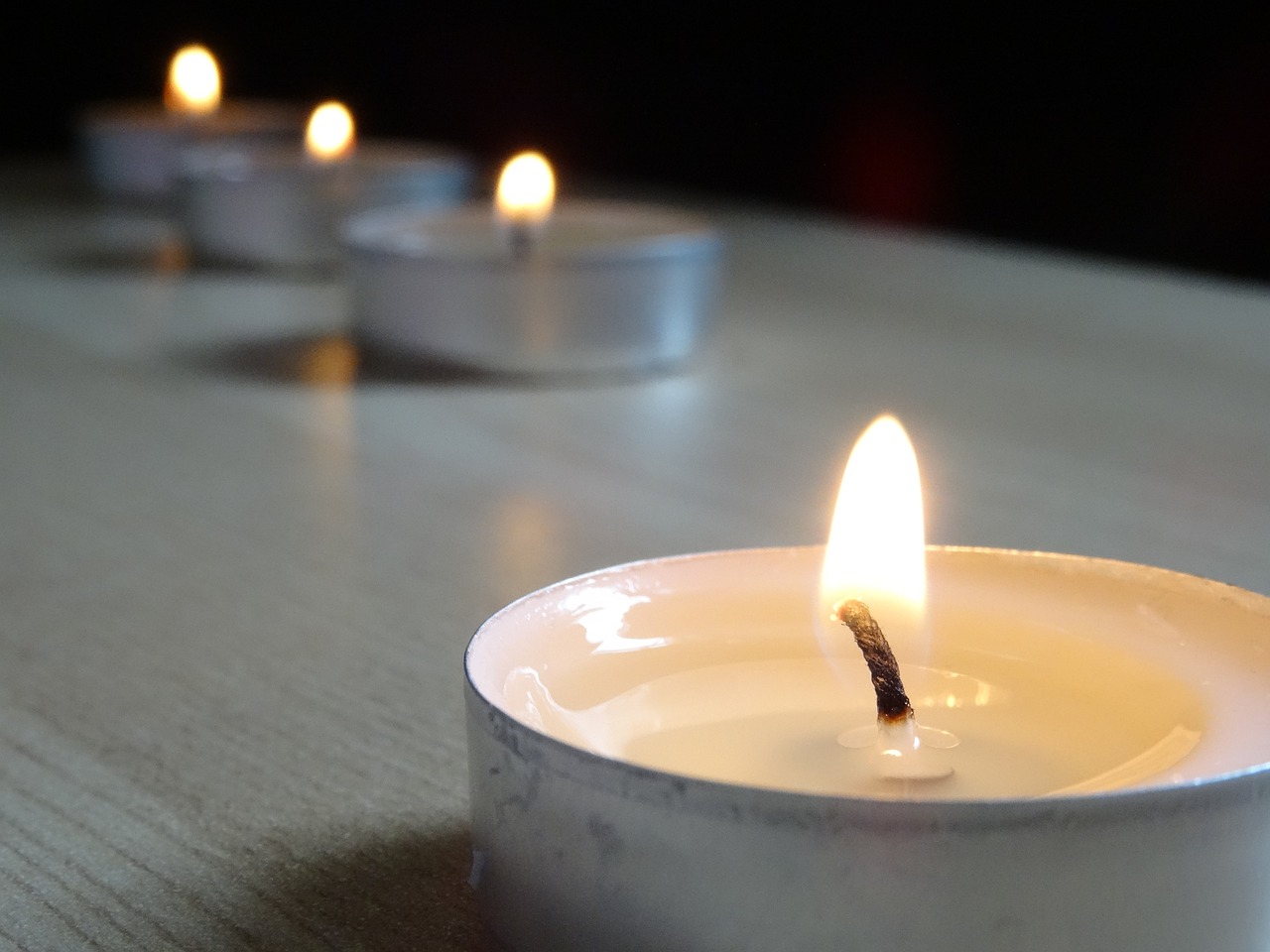
Art Workshops and Group Therapy
Art workshops and group therapy sessions offer a dynamic and interactive space for individuals to explore their inner selves through creative expression. These sessions provide a platform for participants to engage in various art forms, such as painting, drawing, sculpture, and more, under the guidance of trained therapists or facilitators.
One of the key benefits of art workshops and group therapy is the sense of community and support they foster. Participants often find solace in sharing their experiences with others who may have gone through similar challenges. This shared connection can create a safe and non-judgmental environment where individuals feel comfortable expressing themselves.
Moreover, these sessions encourage collaboration and communication among participants. Through working on art projects together, individuals learn to listen, empathize, and support each other, fostering a sense of camaraderie and mutual understanding.
Art workshops and group therapy also provide a structured setting for individuals to explore their emotions and experiences in a guided manner. Therapists may use art prompts or activities to help participants delve deeper into their thoughts and feelings, facilitating introspection and self-discovery.
Furthermore, the creative nature of these sessions allows for a multidimensional approach to therapy. Participants can express complex emotions and experiences that may be challenging to articulate verbally, leading to a deeper exploration of their inner world and subconscious mind.
In conclusion, art workshops and group therapy sessions offer a unique and enriching therapeutic experience that combines the power of creativity with the benefits of communal support and self-exploration.

Integrating Art into Healthcare Settings
Integrating art into healthcare settings is a transformative approach that goes beyond traditional medical practices. By incorporating various forms of artistic expression into healthcare environments, a more holistic and patient-centered approach can be achieved. Art in healthcare settings can range from visual arts like paintings and sculptures to interactive activities such as music therapy and dance movement therapy. These creative interventions aim to enhance the overall well-being of patients, caregivers, and healthcare professionals alike.
One significant benefit of integrating art into healthcare settings is the positive impact on the healing process. Studies have shown that exposure to art can reduce stress levels, alleviate anxiety, and even improve pain management. Patients often report feeling more relaxed and comfortable in environments adorned with art, leading to enhanced recovery outcomes. Additionally, art in healthcare settings can create a sense of comfort and familiarity, making the clinical environment feel less intimidating and more welcoming.
Furthermore, art can serve as a powerful communication tool in healthcare settings. For patients who may find it challenging to express their emotions verbally, engaging in creative activities can provide an alternative means of self-expression. Healthcare providers can also use art as a way to connect with patients on a deeper level, fostering empathy and understanding in the healing process.
Integrating art into healthcare settings also benefits healthcare professionals by offering a creative outlet for self-care and stress relief. Engaging in artistic activities can help healthcare providers prevent burnout, enhance job satisfaction, and improve overall mental well-being. By nurturing their own creativity, healthcare professionals can better support their patients and maintain a sense of fulfillment in their work.
Frequently Asked Questions
- What is art therapy?
Art therapy is a form of mental health treatment that utilizes the creative process of making art to improve and enhance the physical, mental, and emotional well-being of individuals. It allows individuals to express themselves in a non-verbal way, making it particularly beneficial for those who may struggle to articulate their feelings through words.
- How can art therapy benefit mental health?
Art therapy can benefit mental health by providing a safe space for individuals to explore and process their emotions, reduce stress, increase self-awareness, improve self-esteem, and develop coping skills. It can also help individuals manage symptoms of various mental health conditions such as anxiety, depression, and trauma.
- What types of art can be used in therapy?
Various forms of art can be used in therapy, including painting, drawing, sculpting, collage, and other creative activities. The choice of art medium often depends on the individual's preferences and comfort level, as well as the goals of the therapy sessions.
- Is artistic skill required for art therapy to be effective?
No, artistic skill is not required for art therapy to be effective. The focus is on the process of creating and expressing oneself rather than the final product. Art therapy is about personal exploration and self-discovery, not about creating technically perfect or aesthetically pleasing artwork.
- How can art therapy be integrated into traditional mental health treatment?
Art therapy can be integrated into traditional mental health treatment by collaborating with mental health professionals such as psychologists, counselors, and psychiatrists. It can be used as a complementary approach to traditional talk therapy or medication, offering a unique way for individuals to engage in the therapeutic process.

